The world of podcasting has opened up endless opportunities for content creators, and you don’t need fancy equipment to get started. With just your smartphone, you have a powerful tool to record, edit, and share your podcast episodes. In this guide, we’ll walk you through the steps to start a podcast on your phone, making your creative journey accessible and convenient.

Recording podcasts on your phone brings forth numerous benefits and holds significant importance in the world of content creation. First and foremost, it enhances accessibility by eliminating the need for costly recording equipment, making podcasting an attainable endeavor for anyone with a smartphone. Its portability allows for recording on the go, promoting convenience and spontaneity in content creation. This cost-effective approach minimizes financial barriers for aspiring podcasters, while the user-friendly recording apps ensure quick setup and easy operation. Furthermore, the multifunctionality of mobile devices extends to editing and post-production apps, simplifying the entire podcasting process. With a broad reach, phones enable you to connect with a vast audience and share your content across various platforms, while also fostering experimentation and inclusivity in the podcasting landscape. In essence, podcasting on your phone empowers individuals to share their unique perspectives and stories, contributing to a diverse and dynamic podcasting community.

Choose Your Podcast Theme: Find Your Voice
Choosing the right podcast theme is a crucial step in creating a successful and engaging show. Your theme sets the tone for your content, defines your target audience, and ultimately determines the podcast’s longevity. First, consider your own passions and expertise. Select a theme that genuinely interests you, as your enthusiasm will translate into engaging discussions. Next, research your potential audience and their interests. Understanding your listeners’ needs and preferences will help you tailor your content to their expectations. It’s also essential to assess the competition in your chosen theme to identify gaps or unique angles you can explore. Lastly, think about the long-term commitment, as podcasting requires consistency. Opt for a theme that you can sustainably produce content for over an extended period. In the end, a well-chosen podcast theme aligns your passion with audience demand, ensuring that your podcast remains relevant and enjoyable to your listeners.
In conclusion, when choosing your podcast theme, prioritize alignment with your interests, expertise, and passion. Whether your niche is storytelling, interviews, education, or entertainment, maintaining a clear focus ensures that your content creation process remains guided and purposeful.

Plan Your Episodes: Structure and Outline
Planning your podcast episodes is a fundamental aspect of creating engaging and cohesive content. To start, establish a content calendar to organize your topics and release schedule. Research your chosen subjects thoroughly to provide valuable insights and information to your audience. Consider structuring your episodes with a clear introduction, main content, and a compelling conclusion. Outlining key talking points or questions can help you stay on track during recording. Moreover, plan for engaging visuals or supplementary materials if your podcast includes them. Collaborate with guests, if applicable, well in advance to coordinate schedules and ensure a smooth recording process. Lastly, don’t forget to allow room for spontaneity and audience feedback, as they can add a dynamic and interactive dimension to your podcast. Effective planning not only streamlines your production process but also enhances the overall quality and appeal of your podcast episodes.
In closing, crafting well-structured podcast episodes begins with meticulous planning. Create outlines or scripts, outline your main talking points, consider guest interviews, and decide on any additional segments you may want to incorporate. This thoughtful planning sets the stage for captivating and organized content that resonates with your audience.
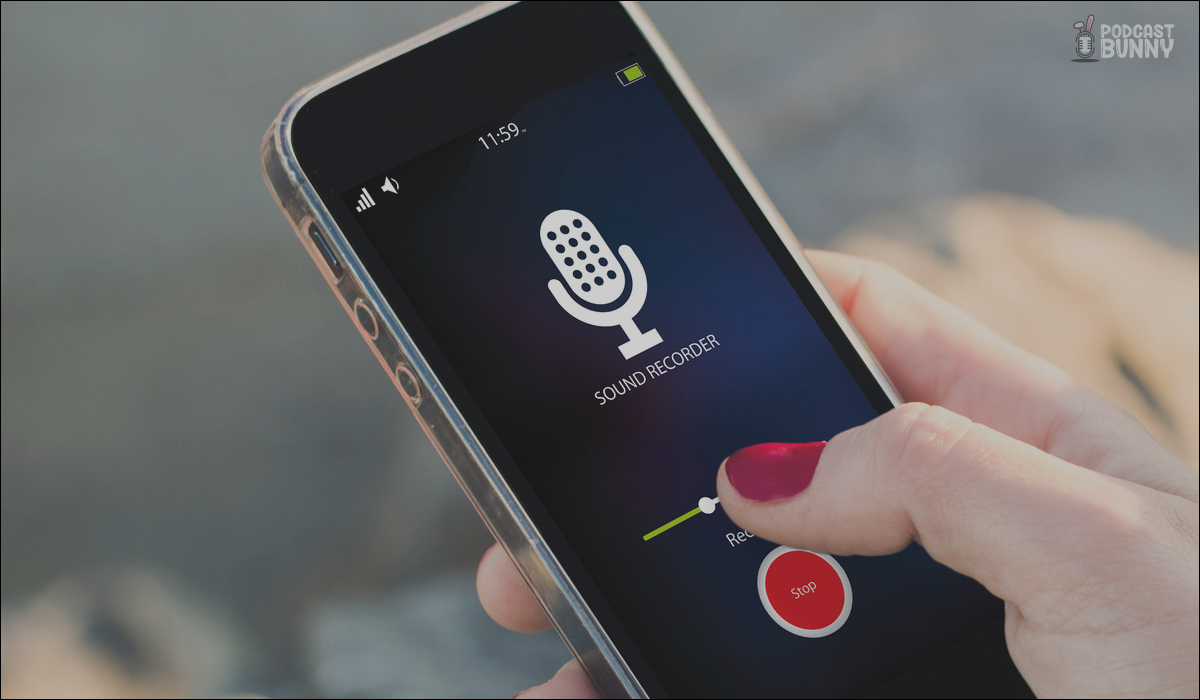
Recording on Your Phone: Capturing Clear Audio
Recording audio on your phone has become an accessible and versatile option for content creators and storytellers. The process is remarkably straightforward; with just the tap of a button, your smartphone can capture high-quality audio. Mobile apps designed for audio recording offer user-friendly interfaces, allowing you to start recording quickly, without the need for extensive technical knowledge. Phones are incredibly portable, enabling you to record on the go, whether you’re capturing impromptu interviews, field recordings, or even podcast episodes. Furthermore, many modern smartphones have excellent built-in microphones and audio processing capabilities, ensuring that your recordings sound crisp and clear. While more advanced setups exist, the convenience and quality of mobile recording make it an attractive option for anyone looking to share their voice, stories, or ideas with the world.
In conclusion, modern smartphones come equipped with top-notch microphones, simplifying the recording process. To optimize your recordings, select a quiet environment to minimize background noise and consider using headphones with built-in microphones for an added boost in audio quality. These simple tips can significantly enhance the overall clarity and professionalism of your smartphone-recorded content.
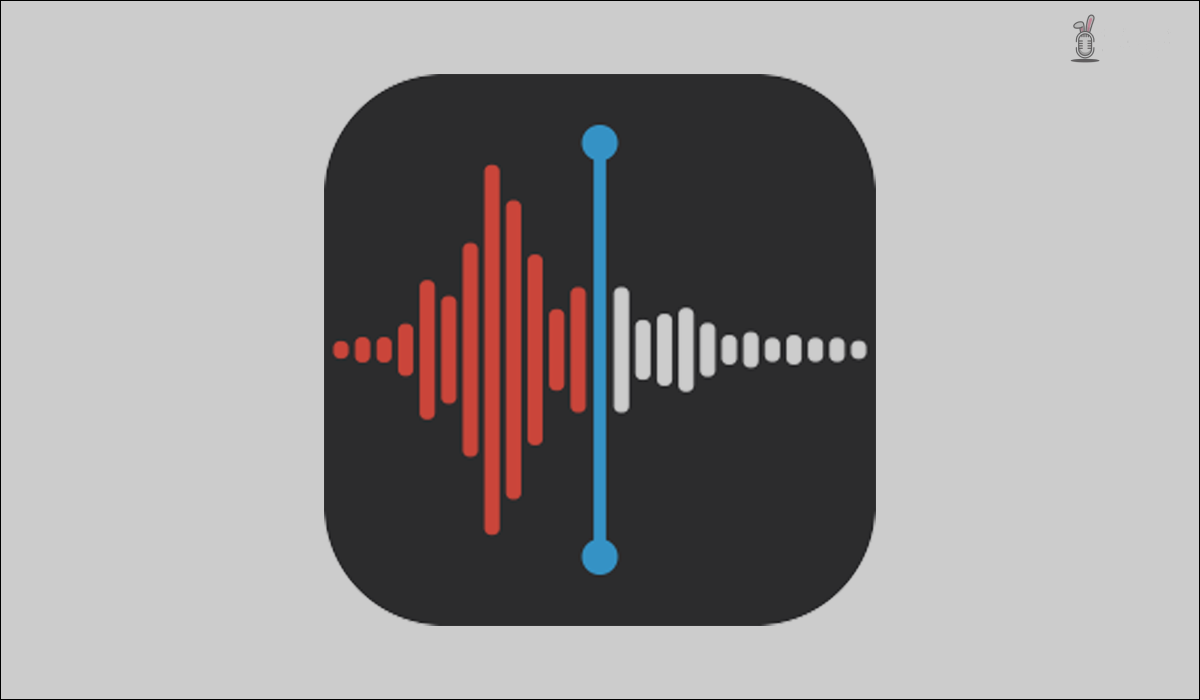
Choose a Recording App: User-Friendly Options
There are several user-friendly recording apps available for both iOS and Android devices. Apps like Anchor, Audacity, or Voice Memos are great choices for recording your podcast episodes.
Selecting the right recording app is a crucial decision when it comes to capturing high-quality audio on your smartphone. With a multitude of options available, it’s essential to choose one that aligns with your specific needs and preferences. Consider factors such as user-friendliness, features, and compatibility with your device. Many recording apps offer intuitive interfaces that make it easy to start recording with just a few taps. Look for apps that allow for customizable settings, such as adjusting microphone sensitivity and file formats, to tailor your recording experience. Additionally, check if the app offers post-production features like editing and noise reduction, which can save you time in the editing process. Whether you’re recording interviews, podcasts, or audio notes, the right recording app can make a significant difference in the quality and convenience of your audio recordings.
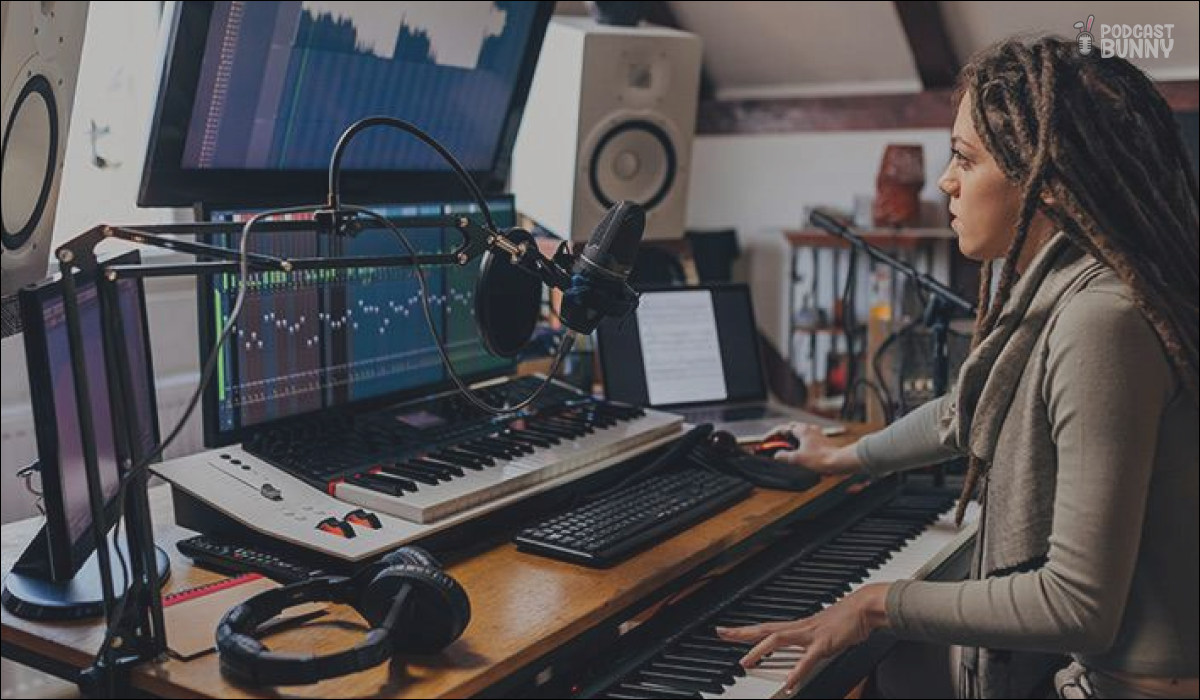
Recording Tips: Make Your Audio Shine
Recording audio effectively requires attention to detail and a few key tips to ensure your audio quality is the best it can be. Firstly, choose a quiet location with minimal background noise to create a clean audio environment. Using headphones with a built-in microphone or an external microphone can significantly improve audio clarity. Maintain a consistent distance from the microphone to avoid audio fluctuations and distortions. Recording in a room with soft furnishings or using soundproofing materials can help reduce echoes and reverberations. Additionally, speak clearly and at a moderate pace, and be mindful of any distracting habits or noises. Lastly, consider doing a test recording before your actual session to ensure everything is set up correctly. These tips can make a substantial difference in the quality of your recorded audio, whether you’re recording interviews, podcasts, or any other content.
In a nutshell, do the following at least;
- Speak clearly and at a consistent volume.
- Maintain a comfortable distance from the microphone to avoid distortion.
- Minimize external noises by closing windows and doors.
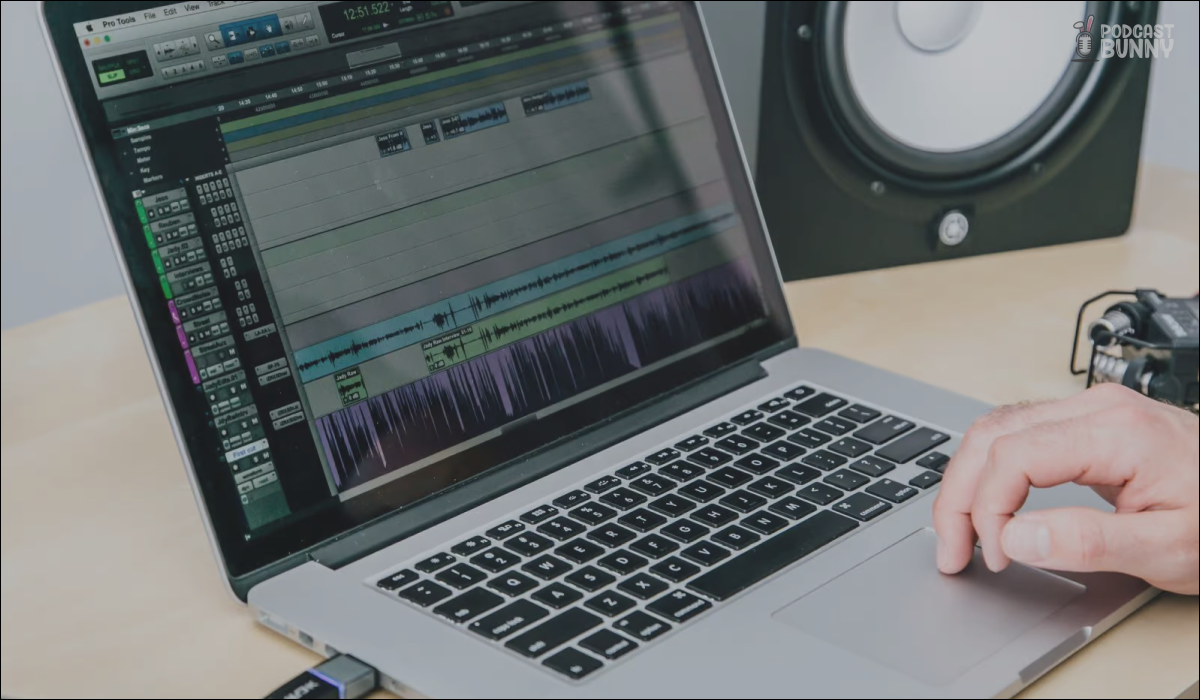
Editing Your Podcast: Polishing the Content
Use editing apps like GarageBand (iOS) or Lexis Audio Editor (Android) to edit your podcast. Trim unnecessary pauses, correct mistakes, and ensure a smooth listening experience.
Editing your podcast is a critical step in delivering polished and engaging content to your audience. This process involves several key aspects. First, carefully review your recorded material to identify and eliminate any errors, awkward pauses, or background noise. Use editing software to cut, trim, and rearrange segments, ensuring a smooth and coherent flow. Adjust audio levels to maintain consistency and prevent sudden volume changes that can be jarring for listeners. Incorporate music, sound effects, or transitions to enhance the overall listening experience. Additionally, add your intro and outro to brand your podcast and provide context to your audience. Finally, quality-check your edited episode by listening to it from start to finish, paying attention to audio quality, pacing, and content coherence. A well-edited podcast not only sounds professional but also keeps your audience engaged and coming back for more.

Adding Music and Effects: Elevate the Experience
Adding music and effects to your podcast is a creative and strategic way to enhance the overall listening experience. Music can set the tone, create atmosphere, and even serve as transitions between segments. It’s essential to choose music that complements your podcast’s theme and doesn’t overpower your voice. Sound effects can punctuate your content, adding emphasis, humor, or drama when appropriate. However, use them sparingly to avoid overwhelming your listeners. When incorporating music and effects, consider the importance of copyright and licensing. Ensure you have the rights to use the music and sound effects in your podcast, either through original compositions, royalty-free tracks, or properly licensed material. When used thoughtfully and legally, music and effects can elevate your podcast, making it more engaging and memorable for your audience.
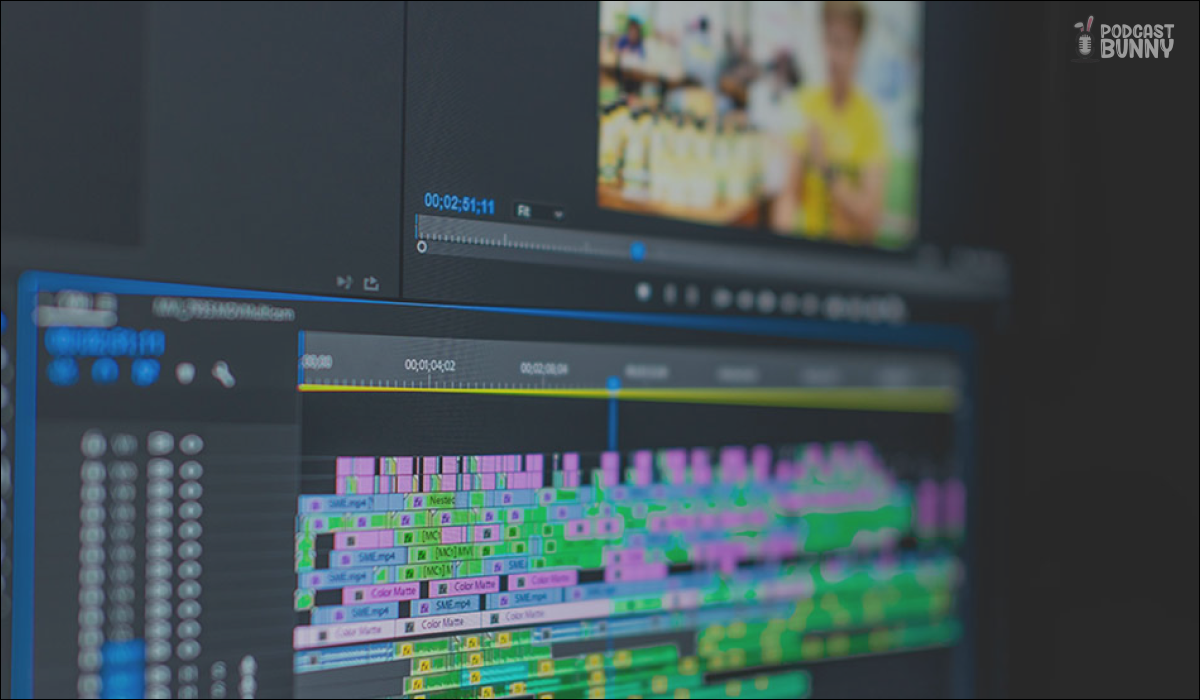
Exporting Your Episode: Preparing for Sharing
Exporting your podcast episode is the final step in the production process, and it’s crucial to ensure your content is ready for distribution to your audience. When exporting, select an appropriate audio format and bit rate to balance file size and audio quality. Common formats include MP3 or AAC, which are widely compatible with various podcast platforms. Ensure your episode is tagged with relevant metadata, including the episode title, episode number, show title, and a brief description. This metadata helps listeners find and understand your content easily. Double-check the audio quality and ensure there are no artifacts or glitches introduced during the export process. Finally, save your episode in a dedicated folder with a clear naming convention for easy organization and distribution. With these considerations in mind, exporting your podcast episode ensures that your hard work is presented in the best possible way to your audience.
Once your podcast episode is edited to your satisfaction, export it in a compatible format. Consider saving it in MP3 format, which is widely used for podcasting.
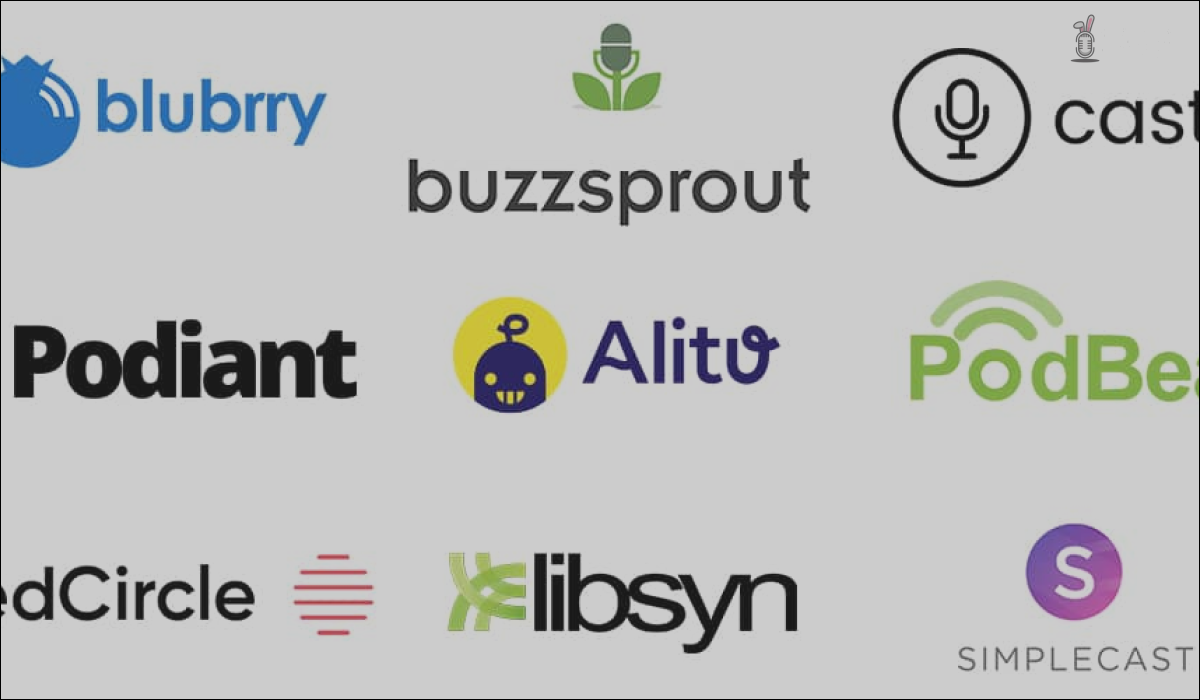
Choosing a Podcast Hosting Platform: Where to Share
Choosing the right podcast hosting platform is a pivotal decision for any podcaster looking to share their content with the world. It’s essential to select a hosting service that aligns with your specific needs and goals. Look for platforms that offer reliable and scalable hosting, ensuring your episodes are consistently available to your audience. Consider the ease of use and user interface, as a user-friendly platform simplifies the uploading and management of your episodes. Features like analytics, monetization options, and distribution tools can also influence your choice. Additionally, check for pricing structures that fit your budget, whether you’re just starting or have an established podcast. Finally, ensure your chosen platform provides essential podcast RSS feeds and integrates seamlessly with popular podcast directories like Apple Podcasts, Spotify, and Google Podcasts. With the right hosting platform, you can focus on creating content while your chosen service takes care of the technical aspects, ultimately helping your podcast reach a broader audience.
In a final phase, select a podcast hosting platform to publish and distribute your episodes. Anchor, Podbean, or Buzzsprout are popular choices that offer user-friendly interfaces.

Creating Cover Art: Visual Identity
Design eye-catching cover art for your podcast. Many free graphic design apps allow you to create professional-looking cover art directly on your smartphone.
Creating compelling cover art for your podcast is a critical aspect of establishing a strong brand identity and attracting potential listeners. Your podcast cover art is the first visual impression your audience will have, and it should convey the essence of your show. Start by considering your podcast’s theme, content, and target audience. Incorporate elements that represent these aspects creatively and visually. Use high-quality images and fonts that are legible and reflect the style of your podcast. Ensure that your cover art is consistent with your podcast’s title and branding, making it easily recognizable across different platforms and devices. Remember that simplicity often works best, as cluttered or overly complex designs can be distracting. In essence, creating eye-catching and relevant cover art is a key step in enticing listeners and making a positive first impression in the crowded podcasting landscape.
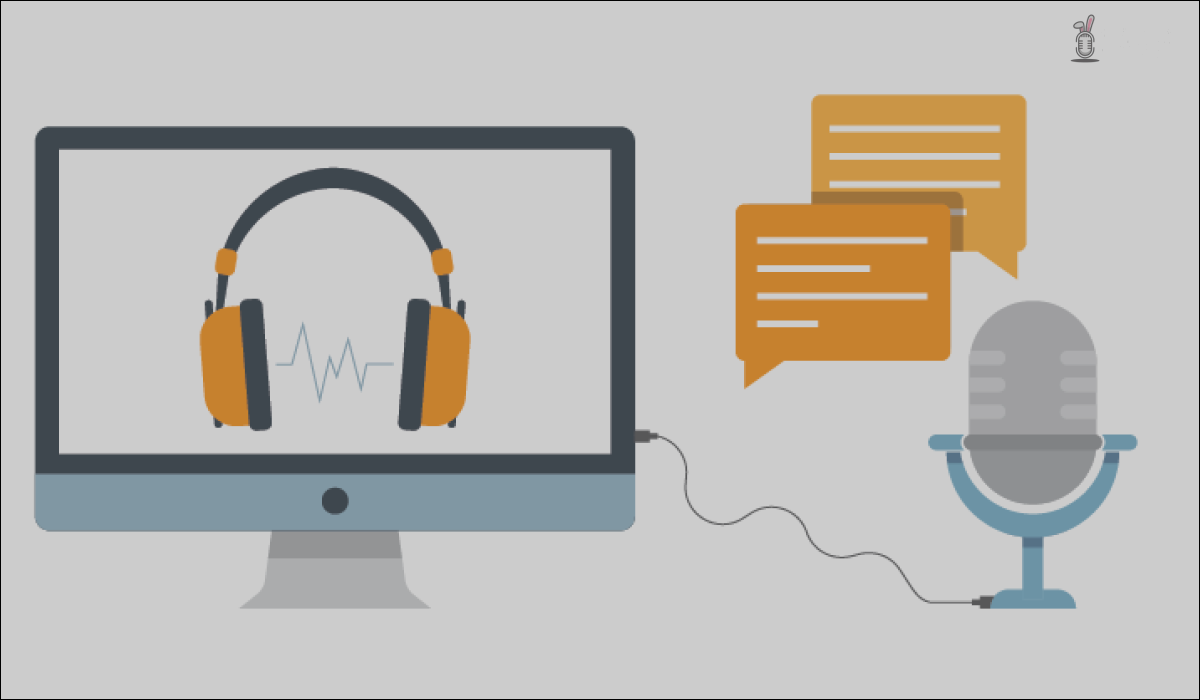
Publishing Your Podcast: Sharing Your Creativity
Upload your edited episode to your chosen podcast hosting platform. Fill in episode details, descriptions, and your cover art to complete the publishing process.
Publishing your podcast is the culmination of your hard work and creativity, and it’s the moment when your content becomes accessible to your audience. The process typically involves uploading your episodes, along with associated metadata like titles, descriptions, and episode numbers, to your chosen podcast hosting platform. Ensure that your podcast feed is correctly configured, as this feed is what podcast directories like Apple Podcasts and Spotify use to index and display your episodes. Once published, it may take some time for your episodes to propagate across different platforms, so be patient. Promote your episodes through your website, social media, and email newsletters to maximize your reach. Regularly update and engage with your audience by releasing new content on a consistent schedule, responding to feedback, and staying active on podcast directories. Publishing is just the beginning; maintaining a consistent presence and delivering high-quality content will help you build and retain a dedicated audience over time.

Promoting Your Podcast: Share and Engage
Promote your podcast on social media platforms, your website, and through word-of-mouth. Engage with your audience, respond to feedback, and build a loyal listener base.
Promoting your podcast is a crucial aspect of growing your audience and building a loyal listener base. Effective promotion involves a multi-faceted approach. Start by leveraging your existing online presence, including social media profiles, personal or professional networks, and websites or blogs, to announce your podcast and share episodes. Utilize eye-catching visuals and engaging captions to pique curiosity. Engage with your audience on social media by responding to comments and participating in relevant conversations and communities.
Collaborate with other podcasters or influencers in your niche for cross-promotion, guest appearances, or joint episodes. Encourage your listeners to leave reviews, rate your podcast, and share it with their own networks. Additionally, consider running targeted ads or promotions on platforms like Facebook, Instagram, or Google to reach a broader audience. Consistency in promotion, coupled with the production of high-quality content, is key to steadily growing your podcast’s listenership and impact.
Starting a podcast on your phone opens the door to creativity, flexibility, and convenience. With the right tools and apps, you can record, edit, and share your podcast episodes seamlessly. Whether you’re sharing stories, insights, or interviews, your smartphone empowers you to connect with your audience and share your unique voice with the world. Embrace the journey, learn as you go, and remember that the most important aspect of podcasting is your passion and dedication to creating meaningful content. So, grab your smartphone and embark on a podcasting adventure that’s within your reach!